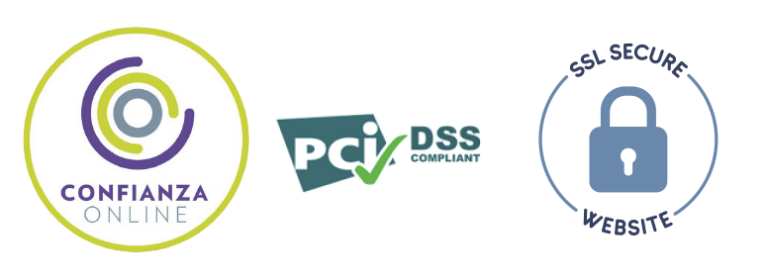Card payments
Card payments
Accepting card payments helps you improve user loyalty and increase sales
Manage both one-time and recurring payments through any credit, debit, personal or corporate card
Advantages of card payments

MOTO payments
Charge your customers by phone or email by manually entering the card number

Internationalisation
We remove borders and enable your business to grow globally

Secure transactions
We comply with all current requirements and regulations such as PCI and PSD2 so that all transactions are completely secure

Virtual POS
Set up a new terminal or integrate your current POS system

IVR
With IVR payments, an automatic system will call your customer so they can pay by entering their card number using the telephone keypad or their voice
Frequently Asked Questions (FAQs)
Yes, thanks to Wannme, you’ll be able to accept card payments from the moment we set up a virtual POS in your account. Through our platform, you’ll be able to track and maintain comprehensive, real-time traceability of all the card payments you receive.
Yes, you’ll be able to accept payments by credit cards in the same way as debit cards.
With Wannme, you can set up card payments for your business. In fact, Wannme always recommends it as it’s one of the most commonly used payment methods for online payments.
To set up card payments in your Wannme account, you only need to have a virtual POS. To do this, you can request it from your bank or sign up with one of our suppliers through us.
QR code payments work exactly the same as payment by link. But instead of sharing the link with the customer, you share a QR image that redirects to that payment link.
Yes, you can offer your customers QR code payments thanks to Wannme. For each payment request you create in Wannme, we’ll provide you with both the payment link and the QR code associated with that same link.
Interactive Voice Response (IVR) is an automated phone system that lets people make payments through voice recordings and recognition of simple answers such as ‘yes’ or ‘no’. Here’s how an IVR system works:
- The system plays a recording that guides the user through the payment process.
- The IVR system directs the customer to the task they need to complete, for example: ‘Please say your card information or enter it using the keypad to complete your payment’.
- Once the flow is complete, the IVR system combines computing with phone technologies to complete the action in question. Using the example provided, once the card details have been provided, the amount will be charged on the card.
In short, IVR is an efficient tool to autonomously manage payment requests.
IVR stands for ‘Interactive Voice Response’.
Yes, you can offer IVR payments in your business through Wannme. As soon as the customer clicks on the payment link and selects the IVR payment method, they’ll automatically get a call on their mobile. Through a flow you’ve defined in advance, the customer provides their card details to complete payment.
Phone payments make your payment process easier because you offer your customers an additional payment method. Here are their benefits:
- Confidentiality and protection: IVR makes it possible to automatically execute bank card transactions through a secure phone call, as it has PCI-DSS certification (Level 1).
- Automation: As there’s no need for human interaction, you can operate with IVR without the need for a call centre. In addition, with Wannme, you can schedule payment confirmation via SMS or email, which contributes to customer satisfaction and efficiency in payment management.
- Reduced risk of fraud and getting card information stolen: IVR reduces the vulnerability of sensitive information, as your customers enter their card details (number, expiration date and CVV) in a secure way using the phone’s keypad or by voice recognition.
In summary, IVR is an automated, adaptable, integrable and, first and foremost, secure payment solution. To provide an efficient and reliable payment method, implementing IVR in your business is an excellent option.
To set up the IVR option in your Wannme account, you must first define the routing strategy that your customer will access.
Once defined, we’ll integrate that routing strategy so that as soon as your customer chooses the phone payment option, they’ll be immediately redirected to the call to complete payment.


